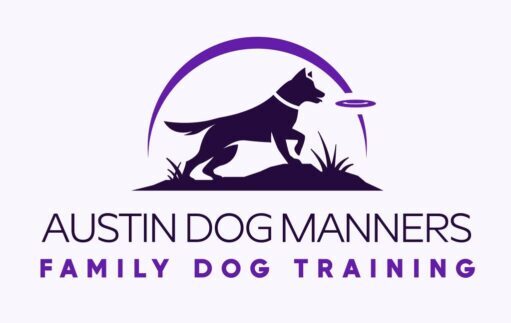Understanding Dogs Jumping
Jumping is a common behavior in dogs, often seen as a sign of excitement or eagerness. While many owners find this behavior endearing, it can lead to problems, especially if the dog jumps on guests, children, or when on a leash. This guide will explore why dogs jump, the potential issues it can cause, and effective training techniques to manage and reduce this behavior.
Reasons Why Dogs Jump
Excitement and Greeting
Dogs often jump as a way to express excitement when they see their owners or new people. This behavior can be traced back to their ancestors, who would jump to greet their pack members.
Seeking Attention.Jumping can be a way for dogs to gain attention. If a dog learns that jumping leads to petting or interaction, they will continue to do it to get the desired response.
Playfulness
Many dogs jump as part of their playful nature. This behavior is especially common in younger dogs and puppies who are still learning social cues.
Instinctive Behavior
Dogs may jump as a way to establish their presence. In the wild, jumping can be a form of communication and dominance among pack members.Jumping can lead to injuries for both the dog and the person being jumped on. Large or hyperactive dogs can accidentally knock over small children or elderly individuals.
Jumping can be viewed as rude behavior in social situations. It may lead to negative interactions with guests or other dogs, impacting your dog’s socialization.
Reinforcement of Unwanted Behavior
If jumping is rewarded with attention (even if it is negative), the behavior may become reinforced. This can lead to a cycle where the dog jumps more frequently to seek attention. Train your dog to perform a different behavior when greeting people, such as sitting. Use positive reinforcement to reward them when they sit instead of jumping.
Ignore Unwanted Behavior
When your dog jumps, turn away and ignore them. Do not give them attention until they calm down. This teaches them that jumping does not result in interaction. Practice consistent greetings with your dog. Have visitors ignore the dog until it is calm and sitting. This reinforces calm behavior before receiving attention.
Use Commands
Teach commands like "sit" or "down." When your dog starts to jump, give the command. Reward them for complying, which helps them learn to control their excitement. When out on walks, use a short leash to manage jumping. If your dog jumps at people, stop walking and wait until they calm down before continuing. Always use treats, praise, or toys to reward your dog when they exhibit calm behavior. For example, when they sit instead of jumping, immediately reward them.
Desensitization
Gradually expose your dog to situations that trigger jumping. Start with low-stimulus environments and slowly increase the excitement level, rewarding calm behavior throughout. Have friends or family members help you practice greetings. Instruct them to ignore your dog until it is in a calm state. This will help your dog learn to remain calm around new people.
Use a Clicker
Clicker training can effectively mark and reward desired behaviors. Click when your dog is calm, and immediately offer a treat to reinforce the behavior. Managing jumping behavior in dogs requires patience, consistency, and effective training techniques. By understanding the reasons behind this behavior and implementing structured training methods, you can help your dog learn appropriate greeting behaviors. Over time, with dedication and practice, jumping can be reduced or eliminated, leading to better interactions with people and a happier dog.
